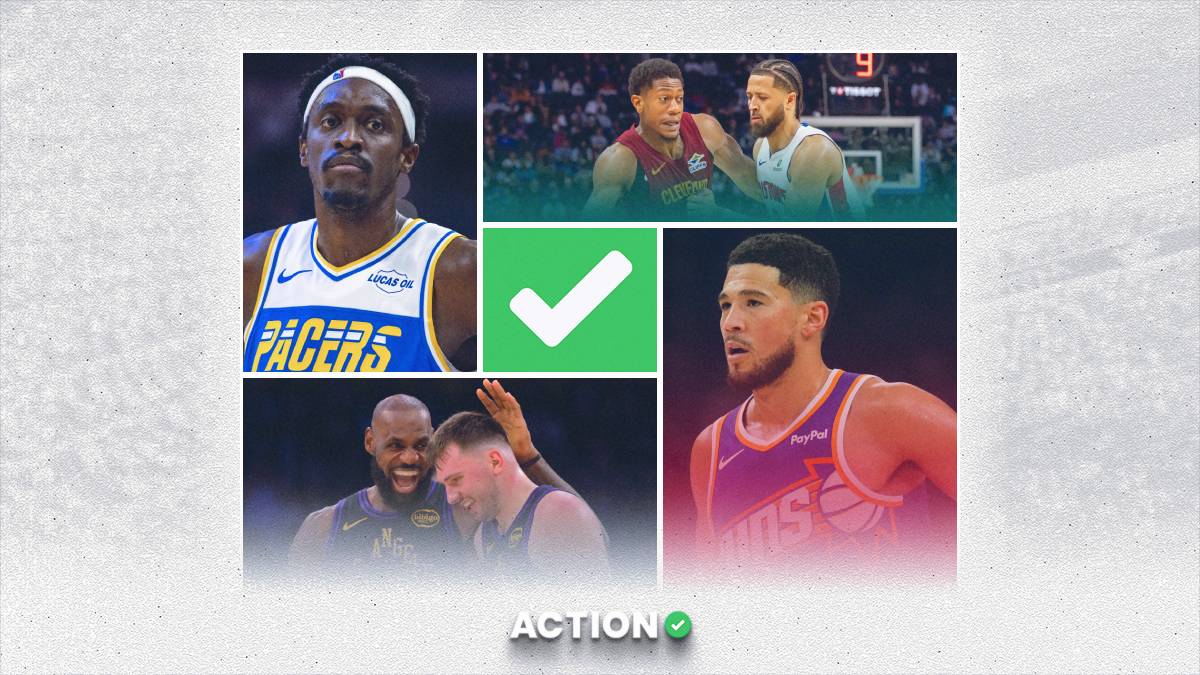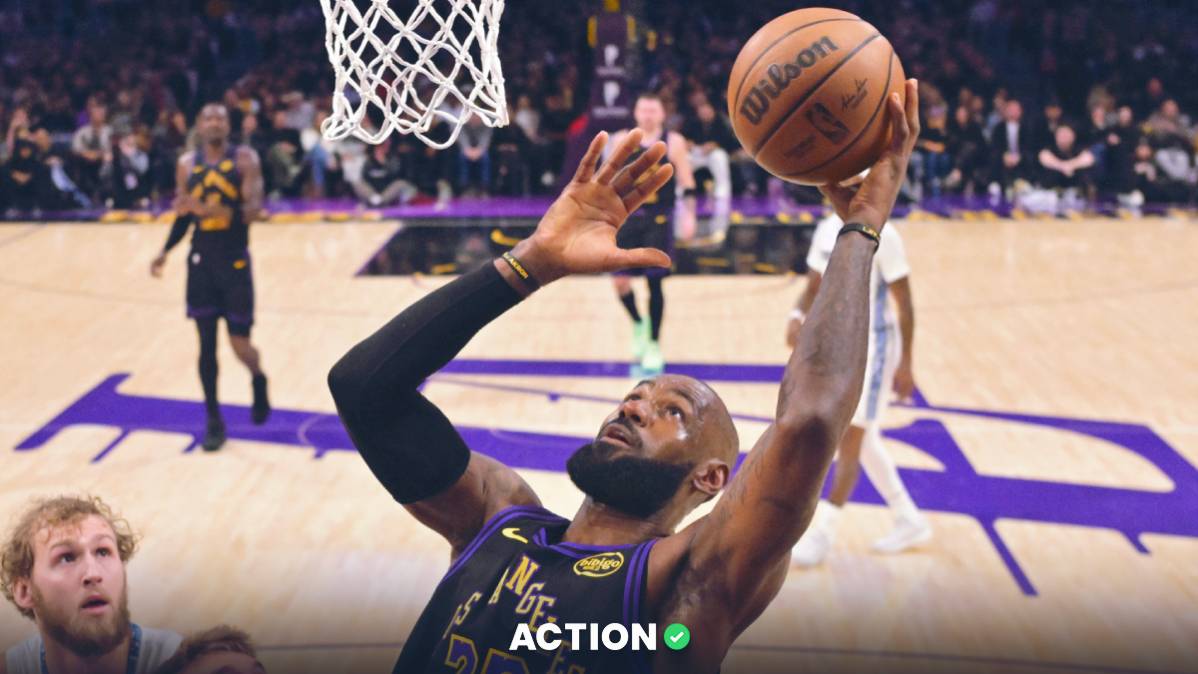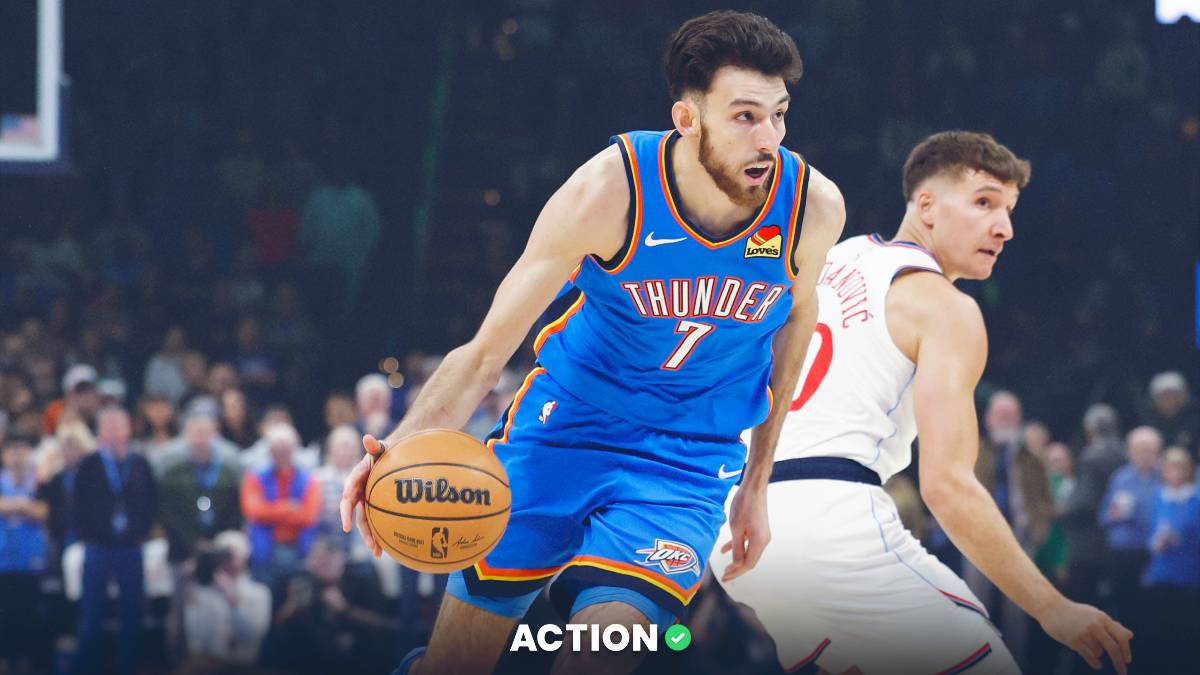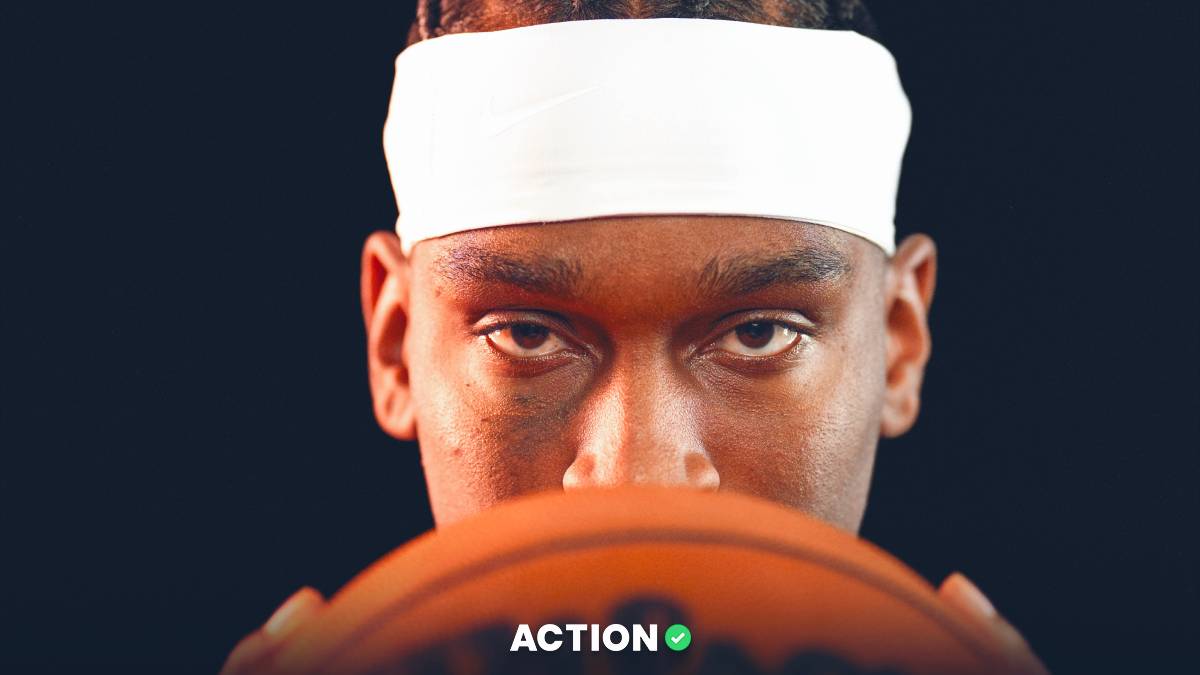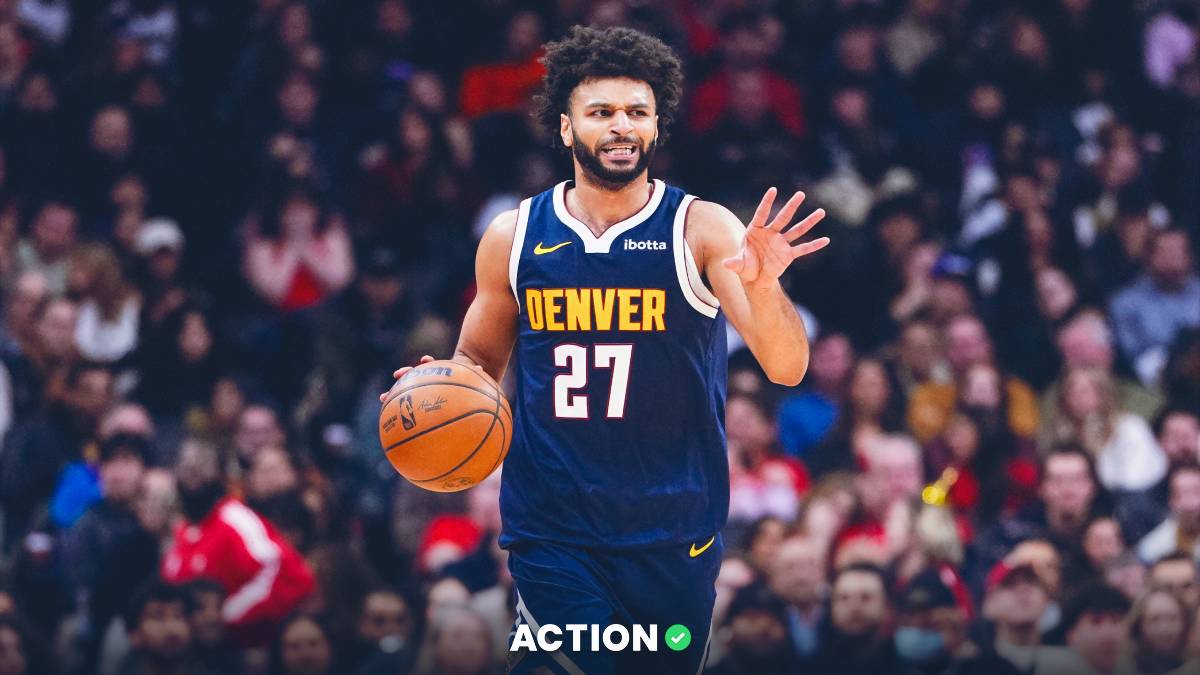It takes a tremendous amount of bravery to propose any sort of rule change in today’s NBA feedback forum. Even before we get to it, let’s understand the spectrum of which makes up its constituents:
- #NBATwitter, a locust swarm, highlight-feeding, 11th biblical plague of Egypt consuming every frame of data on and off-the-court.
- X’s and O’s basketball die-hards.
- Casual sports fans who enjoy watching big games when on national television.
- Homers + season ticket holders who obsess over their own team and their own team only.
- The Old Regime, fans north of 50+ years old who grew up with Larry Bird, Showtime, The Bad Boys and Jordan. The people who kids say “ok boomer” to on Twitter.
Considering all of these various points of views, it’s almost impossible to get everyone to agree on wide-scale league changes. However, a problem has risen so prominently that it has not only motivated me to write up this petition, but is something already being addressed by other basketball leagues worldwide…
"Take fouls."
The definition of the act is simple: It is the process of stopping a fast break with deliberate physical contact intended to solicit a whistle stoppage from the referee.
Now, to the NBA’s credit: they did address blatant fast break fouling multiple times in recent years with successful amendments to the “clear path” rule:
The NBA Board of Governors today unanimously approved rules changes in advance of the 2018-19 season. This includes a simplification of the clear path foul rule. To view examples of the clear path foul rule simplification, see the video below. pic.twitter.com/HQjJCqK5rv
— NBA Official (@NBAOfficial) September 21, 2018
However, as we’ve learned from just about every other aspect of the NBA game, the league, the players, the coaching staffs, and front offices evolve faster than any rule can. With the clear path rule in place, teams have figured out new ways to tip-toe around it and be exonerated from its punishment.
This is an example of a “take foul”:

The main difference here should be obvious: take fouls occur in the front court before any opposing players cross half court and initiate the protocol for a clear path violation. The result of which is a stoppage of play, prevention of a fast break advantage, and a clear reward for a defense that didn’t necessarily deserve it.
These acts upset me because they prevent fast break highlights which often include monster dunks, alley-oops, ankle-breakers, business decisions, taunting, celebrations, finishing moves, bench mobs and everything I hold close to my heart.
I want to see Derrick Jones Jr. take off for a dunk and just never come back down. I want Miles Bridges to rip the rim off the backboard and wear it around the court as a hat. I want to see JaVale McGee attempt an alley-oop off the shot clock. All of these things are possible but we are often times deprived of them because of this stupid technicality that everyone takes advantage of.
This is the portion of the trial where the defense gets its opportunity to speak.
While I personally view this action as detrimental to the game and the NBA business, others will say this is simply smart defense. It should be up to the offense to maneuver their way around these land mines, it’s part of the game. Listen, I hear you, but there is no defending just how much of a reward it is for a defense who just failed sending their entire squad to the glass for a rebound, doesn’t have to run back to guard the fast breaking opposition (tiring!), and gets bailed out without repercussion. You can get away with just about any strategy as long as you have one centerfielder at the 3-point line. Thankfully, the “bonus” exists and will punish any team initiating this strategy with two free throws against after the fourth team foul or second in the last two minutes of each quarter. But the last thing we need in today’s NBA is more free throws.
It is the exact reason why soccer referees will grant an advantage to any team breaking out in transition instead of stopping the action when a foul occurs. If the fast break dies within a reasonable amount of time and a change of possession occurs, the official will stop the action and give the ball back to the attacking team. No blatant fast-break prevention act is ever rewarded with a whistle stoppage.
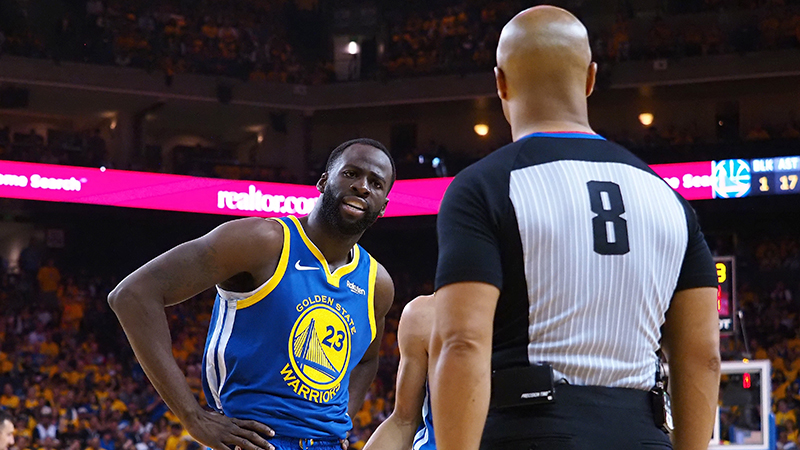
Now, basketball is not that easy. You can’t implement a soccer advantage in this game because what if multiple fouls occur? Are we really going to grant dudes six free throws because of fouls assessed in perpetuity? If not, what’s preventing the defense from just clobbering the ball-handler dribbling out an advantage if there are no additional penalties? The graph of injury quantity over time would hockey stick. It just doesn’t work for this sport. Basketball doesn’t have yellow cards, it has flagrant fouls, and they aren’t assessed at nearly the same rate.
So what’s the solution? The answer is simple: Institute FIBA’s “Unnecessary Contact” Unsportsmanlike Foul rule for back court offenses only.
The unnecessary contact rule is what nearly caused the United States a historic defeat to Turkey in this Summer’s World Cup of Basketball. With nine seconds remaining in the overtime period, down one, Joe Harris did what any smart ball player would do in that situation: foul the opposing team to stop the clock, make them shoot free throws, and hope to tie or win the game the following possession.

However, in this scenario, intentionally fouling without attempting to go for the ball, at any point in the match, is illegal. Joe Harris was assessed an unsportsmanlike foul for this act, and Turkey was granted two free throws and possession of the ball — the NBA equivalent of a Flagrant 1.
No matter what the situation, FIBA will enforce this rule … especially during "take fouls" in transition. Here is an example of a play that was ruled “unnecessary contact.”

They get it. They just get it. While we can sit here and argue about end-of-game situations being different than other instances all day, FIBA’s “unnecessary contact” has proved successful in regards to limiting flow of the game disruption. League-wide pace has increased year-over-year since the implementation of the amendment, while the act of actually attempting to steal the ball is not penalized more than it would have been in the past. It perfectly embodies the sentiments shared by fans on the extreme ends of the spectrum in addition to everyone in between.
The reason for applying this rule in the back court is so that it only affects fast breaks and removes the ability to utilize this ridiculous technicality everyone takes advantage of. We don’t need to be going to the monitor every time somebody gets fouled driving to the rim and feels like they were wrapped up on purpose. The whole point of this is optimizing flow, giving the fans what they paid their hard-earned money to consume — a product designed to entertain.
The NBA is not here to enforce the rules and uphold the traditions of peach-basket basketball, otherwise it would do it. Entertainment is the business of the league, and this small rule change will take a large step in insuring everyone gets exactly what they want.



